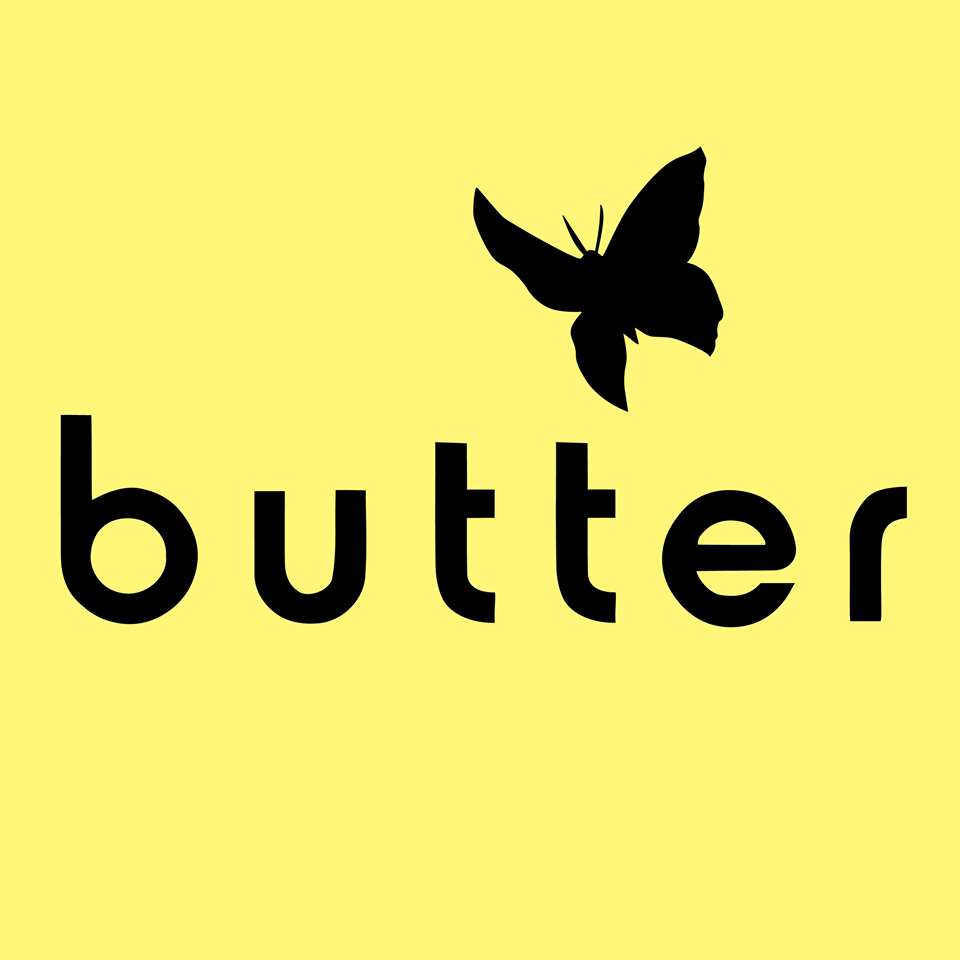Missing my main street
Much of my understanding around access to wealth and resources was formed in Baltimore during a year of volunteer service in1984. I grew up in a family that wasn’t particularly well off, but living in southeast Baltimore’s Canton neighborhood connected me to a deep level of poverty and the issues surrounding lack of access to resources. I began to recognize my four years at St. Olaf College and my small town-suburban settings were laden with privilege. Amenities that I assumed were available to anyone no matter where they lived were starkly missing from our row-house neighborhood of working class Baltimore residents. I was especially surprised to find that our Canton neighborhood didn’t have easy access to fresh produce, a library, a doctor or dental clinic, or police and fire services, as well as the lively assortment of small businesses I knew as a youth.
During the late 60’s and 70’s, the main street of North St. Paul (easily walkable from my home) included a shoe store, clothing store, pet shop, hardware store, the “dime store” and Ben Franklin, the bank, post office, police and fire station, as well as a bowling alley, pizza place, dinette, Chinese take-out and a bakery. My barber, dentist and medical clinic were all on the same block. A gas station with an air hose for my bike was nearby. And although I never went inside, the oldest operating bar in the state was on the main street, where I would stop to peek at the gigantic fish tank in their window.
These small businesses and services connected my community in ways that were rich and varied. These owners watched me grow up and knew my family, which provided a strong support net when my father died during my high school years. I went to school with the children of these business owners and service providers and so these adults were familiar to me when I visited my friends’ homes. The father of one of my elementary school friends was our police chief, but he was always just Jimmy’s dad when I played basketball in their driveway or stayed for dinner.
My urban Baltimore experience had little of this. The children in my afterschool and summer program didn’t know many other adults and certainly didn’t know any business owners. We had to bus or drive across the city boundary to the “suburban” mall to find a grocery store. The commercial avenue had few businesses beyond video rentals, salons, and unidentified “office” spaces that seemed rarely used. Children were bussed to schools outside of the neighborhood. Restaurants were clustered downtown and in the touristy Fells Point neighborhood. Across the street from the community center where I worked was one of the few food places around, a crab cake shop, run by a pair of brothers. It was a magical “out of place” space for me, where I could stop in for a crab cake and get stories about the neighborhood as well.
How did it get like this? How could it be so different from what I knew as such a livable community? What did it say about the residents who lived there? That year started me on a path that has led to living in Stevens Square, Phillips, Powderhorn and now the Kingfield neighborhood. The experience continues to nag me as I question who gets access to the basics of community that help create livable spaces.
Recently, on a journey home from the eastern suburbs of St. Paul, my daughter requested that we take a detour through my old neighborhood. Yes, my boyhood home still stands, sadly without the apple tree and river birch, though still with a towering maple out front that I planted as a young boy. But, as we drove down the “main street” sadly all of it was gone, replaced by non-descript offices, apartments, and vintage stores. The bar still stands, but certainly the sense of community that I fondly remembered as a youth would not be found along this street.
I’m feeling grateful for my little business on the corner on Nicollet Avenue and I feel the challenge to do what I can to weave the fabric of a livable community here in south Minneapolis. May our journey together along this path recognize both the fragility and beauty of this community. I look forward to sharing this journey with you in the years to come.
